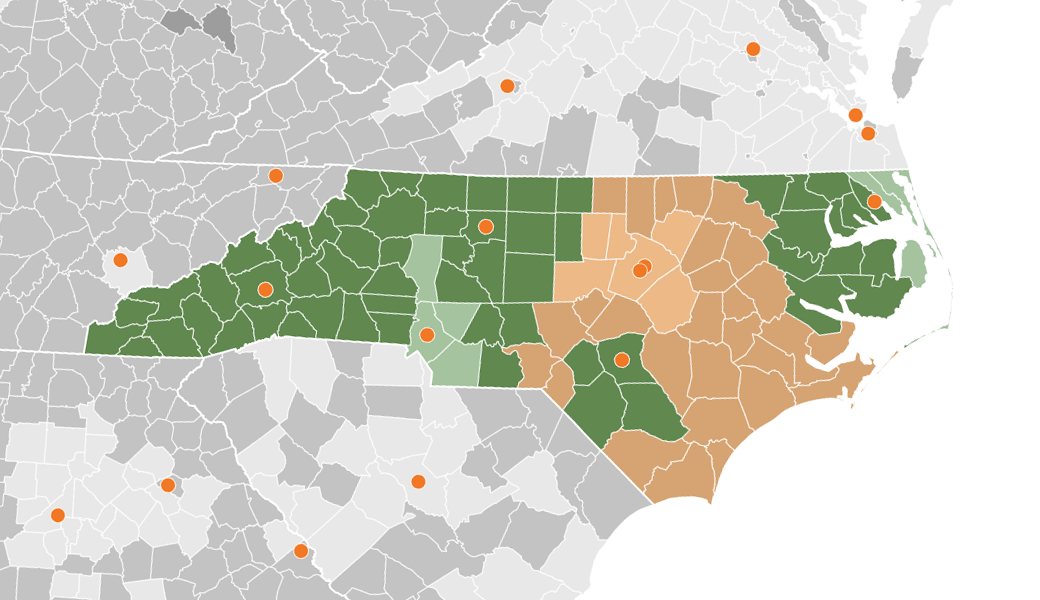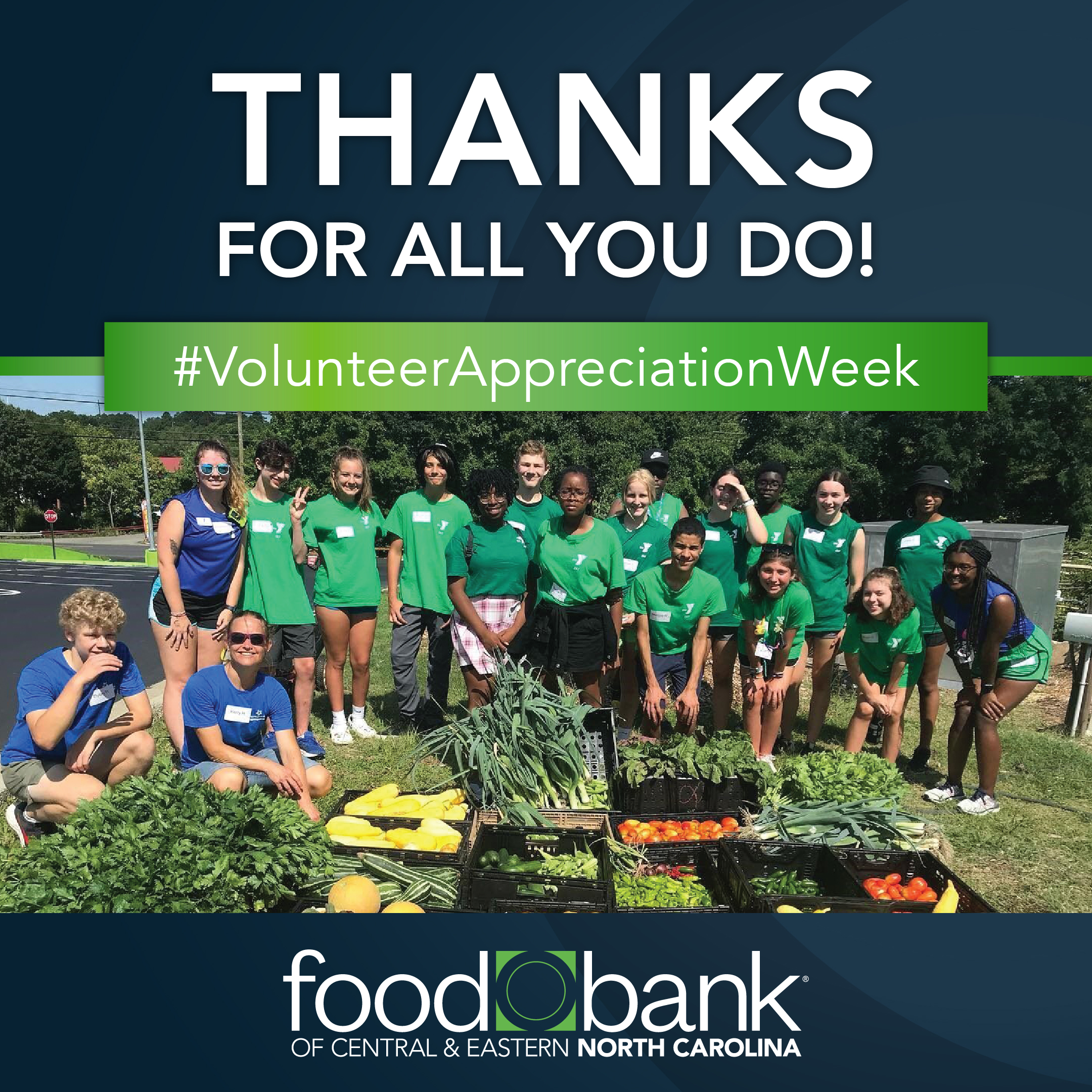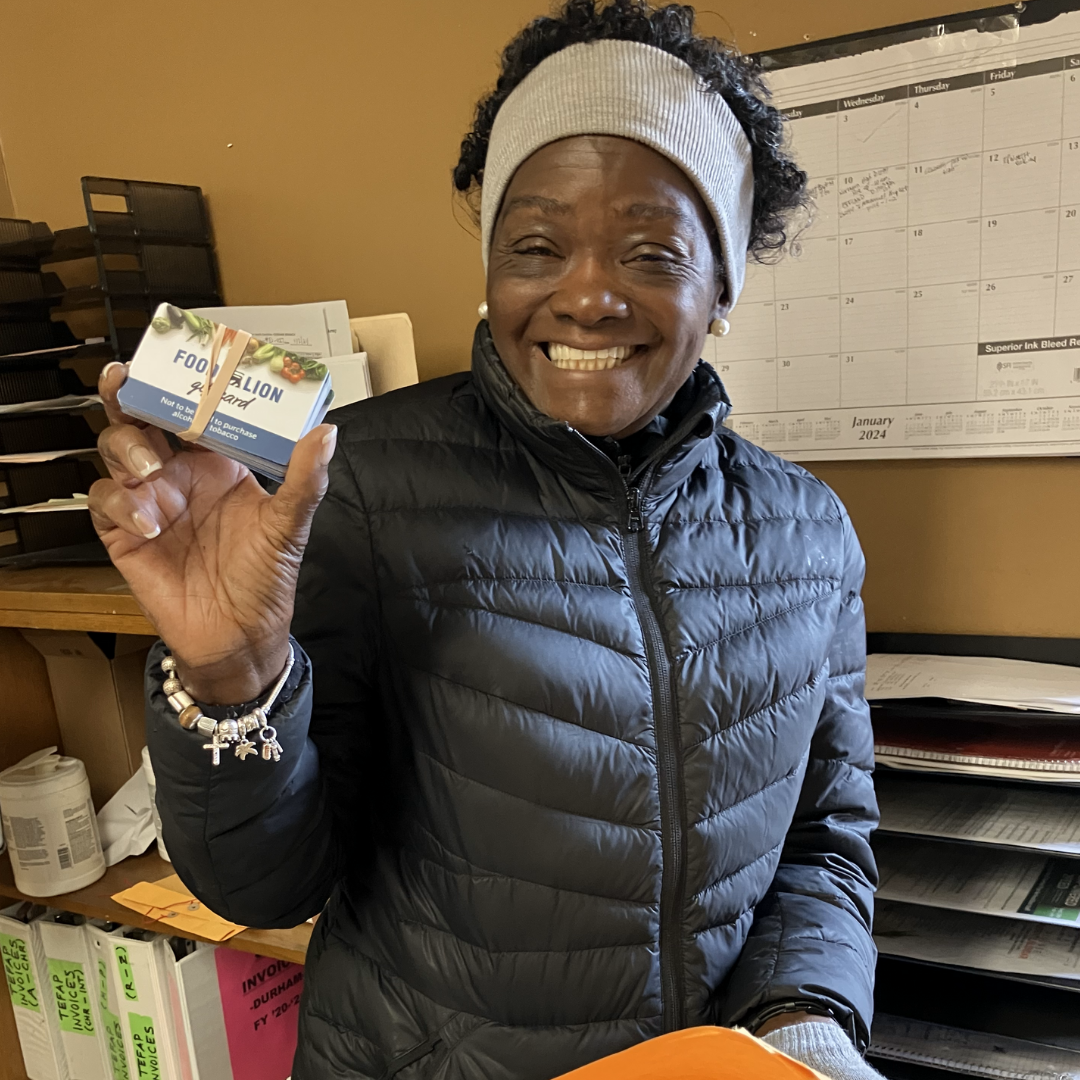By Jon Jaeger, Food Bank Hunger Challenge participant
Lunchtime. For many people, lunchtime makes for a welcome break in the day to get through slow mornings and re-energize for long afternoons. Many look forward to the short pause while enjoying a satisfying meal. At my workplace, we have food trucks in the area almost every day. Burgers, grilled cheese sandwiches, Philly Cheesesteaks, desserts. I indulge once a week. A reasonable pace, or so I used to think.
It wasn’t until I took the Food Bank’s Hunger Challenge that I realized the true luxury of my weekly food truck lunches. Each meal costs between eight and twelve dollars, a cost I easily overlook as I hand over my credit card. But now I know that a single meal at my adored food trucks is more than two days worth of meals for someone relying on FNS Benefits. The money I easily spend on a single sandwich, many must stretch over six whole meals.
Last week, the monotony of beans, rice, oatmeal, and potatoes made me want a cheeseburger more than anything. But that was simply not an option for me.
The Hunger Challenge compelled me to make a conscious shift in the way I thought about food. On my normal budget, I have a very simple approach to how I choose what to eat: If it looks good, I eat it. If I see something in the store that I’d like to try, it goes into the cart. When I feel hungry, all I have to do is get off the couch and walk to the fridge.
Not while living on just $4.21 of food a day. My week’s grocery trip required intense planning and attention. Instead of enjoying my meals, they were a routine that felt more like a chore. When I passed by a restaurant or something that looked good on the shelf at the grocery store, I had to walk away. When I was hungry, I had to let my stomach grumble. Instead of eating until I felt full, I worried about not having enough.
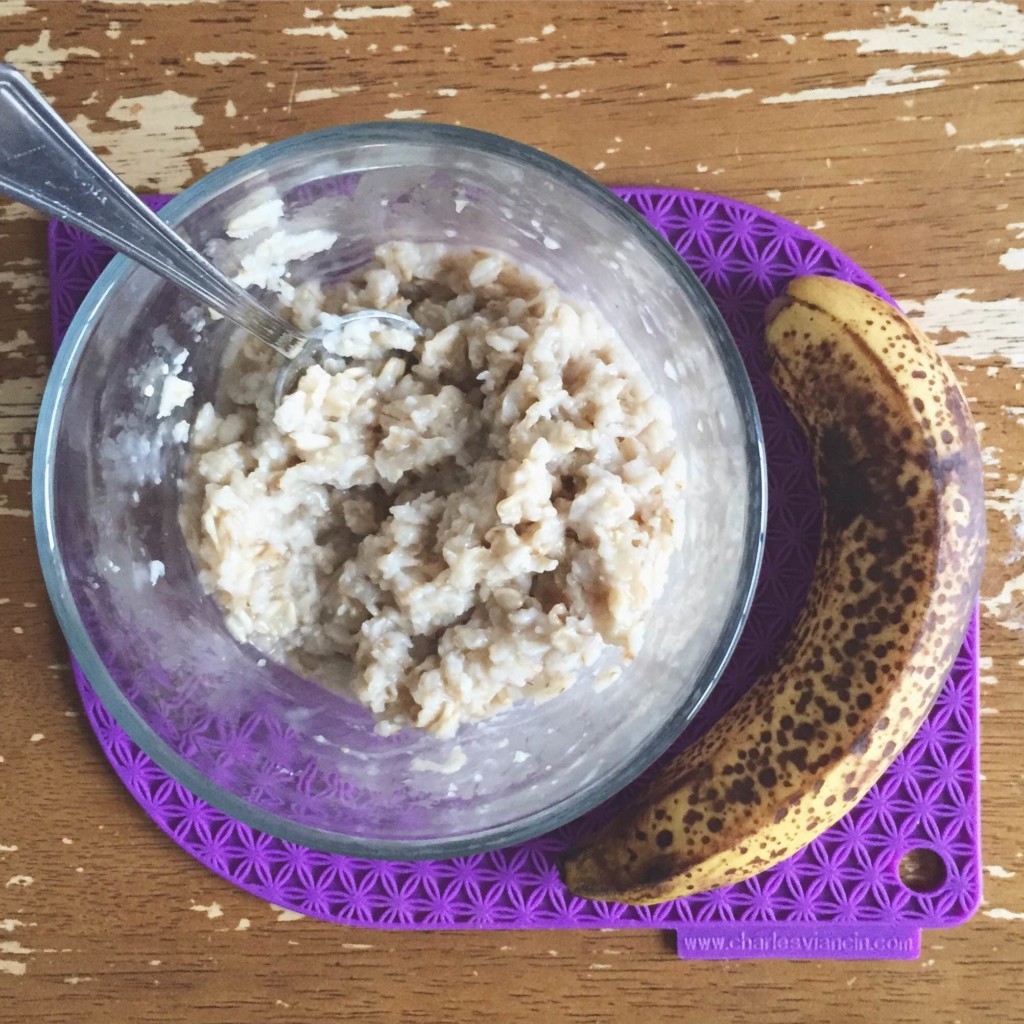
This is what I ate for breakfast every day of my Hunger Challenge: Plain oatmeal with a banana. Admittedly, I normally wouldn’t eat a banana that has turned this brown, but I didn’t have that many and plain oatmeal (and I mean completely plain) is really not tasty. Among many lessons learned from this challenge, food waste is certainly one of them.
Financial stability and food security give you freedoms many of us do not consider every day. The freedom to go to Starbucks because you like the taste of their coffee. The freedom to order a pizza after a long day at work because you’re too tired to cook. The freedom to let your leftovers go to waste because you can choose to go out to lunch the next day. The freedom to buy fresh produce on a regular basis because you can afford it. The freedom to worry about other things, because you know you will be able to eat dinner tonight.
Eating on such a limited budget does not merely teach you what it’s like to be physically hungry. It also gives you a sense of what it feels like to not be in total control of your eating habits, a central activity to all human life. It puts limits on your health, your mental focus, your social life, and for people like me who derive much enjoyment from a good meal, it puts limits on your happiness.
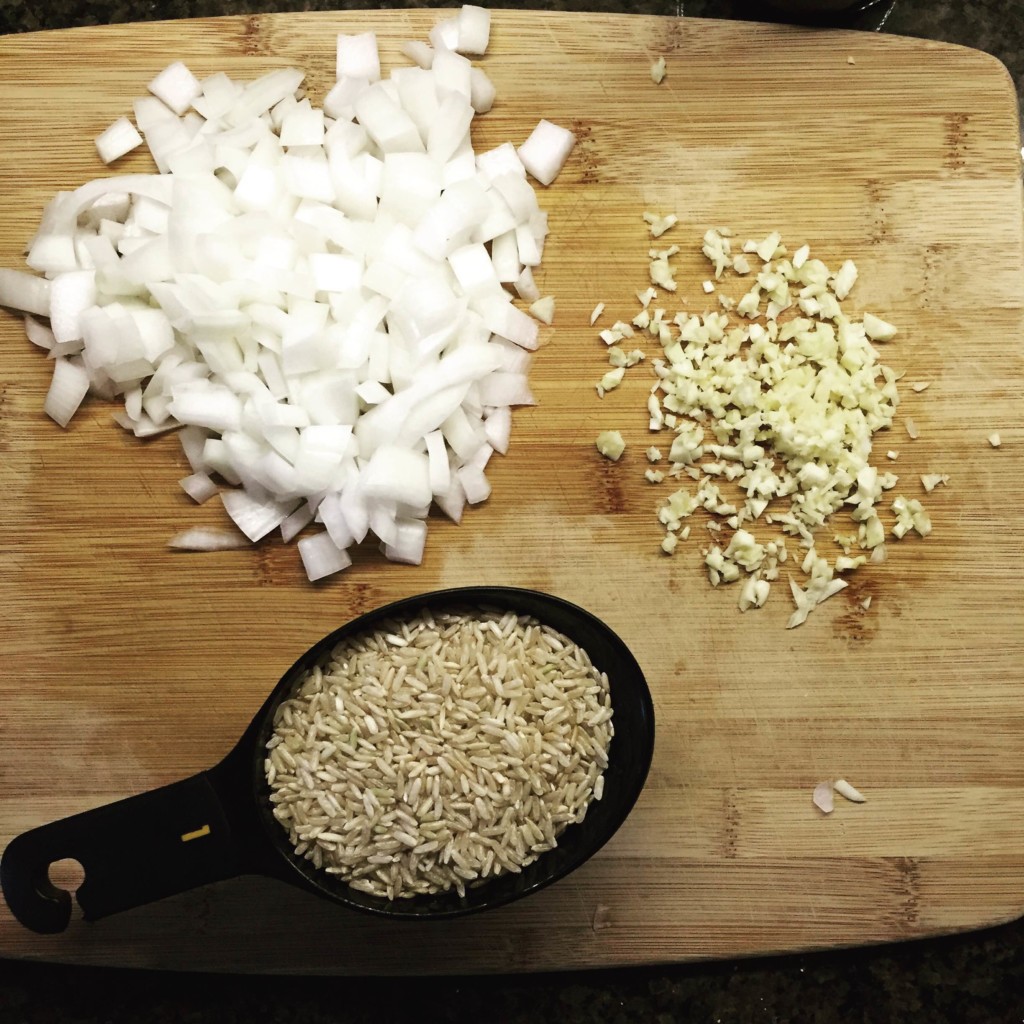
Day 6 of Jon’s Hunger Challenge: “Cooking dinner at home tonight. You guessed it– More rice and beans. Normally on Friday nights we go out for dinner to unwind after the long work week and celebrate the start of the weekend. We do it so often it sometimes seems like our right as young people living in an ever-growing downtown scene with endless food trucks, craft breweries, and small plate restaurants. This challenge is a good reminder to appreciate your good fortune and not take those luxuries for granted.”
After finishing the Challenge, I made another trip to the grocery store. Walking through the aisles was somehow strange to me. Even though I only took the Challenge for seven days, I still couldn’t shake the feeling that I wasn’t able to purchase anything that cost more than a couple of dollars. I found myself spending much more time comparing prices, and didn’t buy a single item that wasn’t on my grocery list. After just seven days, I have a renewed perspective on food waste, and have already made new efforts to buy only what I need and to eat everything I buy. I feel more compassion for people who are trapped by unemployment, underemployment, and low wage jobs, leading them to depend on food assistance from the government or from their local food pantry.
After just seven days, I am reminded not to take my food supply for granted, and that it is truly a gift to be able to have as much healthy, fresh, and fulfilling food as I need or want. Many families in our community do not have this luxury, and must face these challenges and more every day. After just seven days, I will think of them more often and will do all I can to raise awareness of their reality and help where I can.
From September 20 – 26, Food Bank staff and community members took the Hunger Challenge and lived on just $4.21 of food a day to raise awareness of Hunger Action Month and the challenges faced by people living with food insecurity. To learn more about the Challenge or take it yourself, please visit www.foodbankcenc.org/HungerChallenge.


